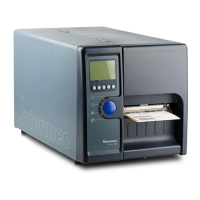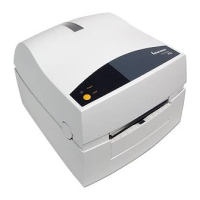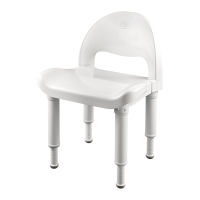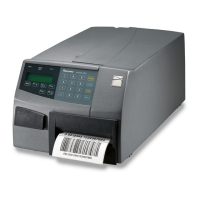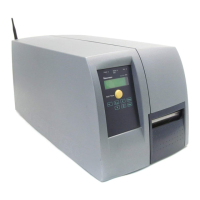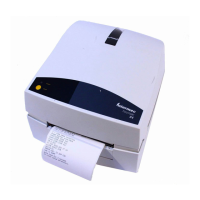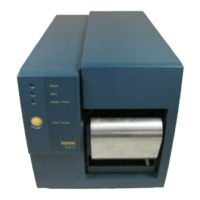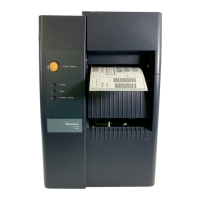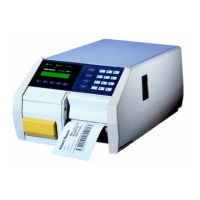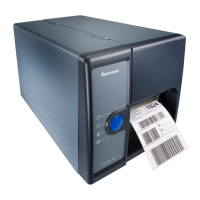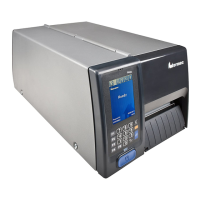Appendix D — Setup Parameters (IPL)
EasyCoder PD41 Printer User’s Guide 85
The media sensitivity number can also be changed using
PrintSet, the printer’s home page, third-party software, or an IPL
command with the following syntax:
<SI>gn[,m]
where:
n specifies direct thermal(n=0) or thermal transfer(n=1)
media.
m specifies the sensitivity.
The default sensitivity number is 420 for direct thermal printing
and 567 for thermal transfer printing.
Darkness
Use this parameter to make minor adjustments of the blackness
in the printout, for example to adapt the printer to variations in
quality between different batches of the same media type. The
value can be set within the range -10% to +10% where -10 is the
lightest and 10 is the darkest. Default value is 0%.
Label Rest Point
Specifies where labels stop for removal. Use this for peel-off (self-
strip) applications. Allowed range is -30 (furthest back) to 30
(furthest forward). Default is 0. Also available as an IPL
command (
<SI>fn).
Media or Ribbon
Sensitivity
Rating
Description
Thermal transfer media
56*
The asterisk for the third digit
is reserved to identify the
ribbon’s sensitivity number.
Thermal transfer ribbon
5*7
The asterisk for the second
digit is reserved to identify the
media’s sensitivity number.
=567
Optimum sensitivity rating
Note: A list of Sensitivity numbers for different
ribbon and media types can be found on the Intermec
website. Go to www.intermec.com. Choose Products
> Printers, and click Heat settings.
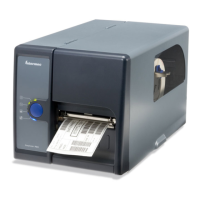
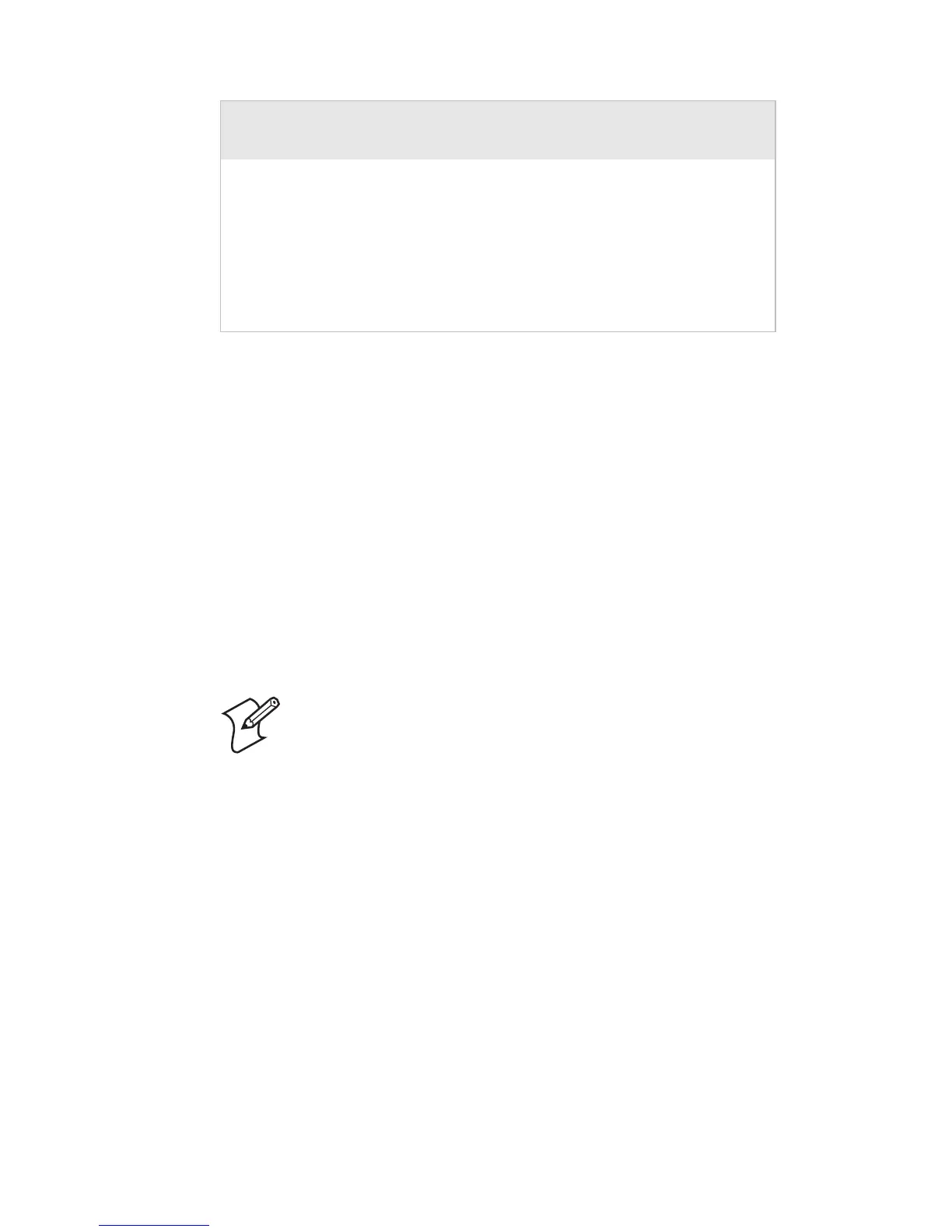